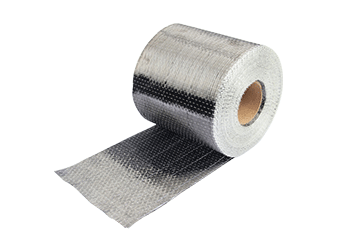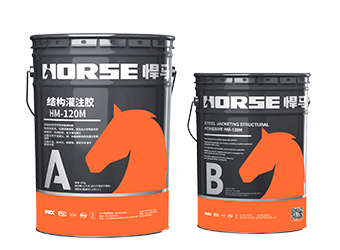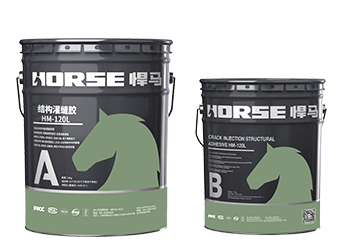Soluções
A Horse Construction oferece uma ampla gama de materiais de reforço estrutural, incluindo suporte técnico, suporte de documentação, suporte de produtos, suporte de software e suporte de projeto.
Bridge abutment strengthening
From the foundation up to the crack of the body, the width is narrower.
Cause analysis: the foundation is soft or the settlement is uneven.
Disposal suggestions: slight cracks are protected by surface repair method; serious need for foundation treatment, grouting cracks, seam sealing treatment.
Horizontal cracks in the body
Cause analysis: transverse cracks in abutments are caused by repeated loads. The blockage of the expansion joint causes the load of the vehicle to be transferred directly to the load-bearing member, so that the vehicle load along the direction of the road causes direct damage to the abutment, and the effect is accumulated over the fatigue strength of the concrete for a long time. Then there will be cracks in the direction perpendicular to the road, and the direction of the movement of the cracks is the direction of the traffic. At the same time, the instability of the geological foundation is also the main factor causing the abutment damage.
Disposal method: if the crack is relatively thin and shallow, the surface repair method can be used. If the width of the crack is larger, the closed treatment can be carried out first, and then the carbon fiber fabric can be stuck to prevent the continuous expansion of the cracks.
Vertical cracks in the front wall of the body
Cause analysis: generally due to loose foundation or uneven settlement.
Disposal suggestion: slight cracks are protected by surface repair; ground treatment is needed seriously, and then cracks are grouted and sewed.
Block crack
Reason analysis: under the long-term load of vehicles caused the bridge to the transverse slope direction deviation, has caused the squeeze block to produce cracks.
Disposal methods: The cracks produced by the retaining blocks should be repaired immediately to avoid endangering the stability of the bridge girder. The grouting method of grouting and seam sealing should be adopted. It uses the pressure equipment to press the cemented material into the cracks of the concrete, and the cemented material is hardened with the concrete to form a whole, thus the purpose of blocking and strengthening is made. Commonly used cementing materials are cement, epoxy, methacrylate, polyurethane and other chemical materials. The slotting method is the most commonly used method in the fracture sealing. It is usually used to insert plastic or rigid water stop materials along the chisel in the slot, so as to achieve the purpose of sealing the cracks. Commonly used plastic materials are PVC cement, plastic paste, butyl rubber and so on; commonly used rigid waterproof material is polymer cement mortar.
Você pode encontrar tudo o que precisa aqui. Confie e experimente esses produtos, você vai perceber uma grande diferença depois.

A fibra de carbono da Horse Construction é para reforço estrutural, reparo e modernização de substratos de concreto, alvenaria, aço e madeira em edifícios, pontes, rodovias, ferrovias, túneis, píeres e aeroportos civis.

O adesivo para revestimento de placa de aço HM-120M é um adesivo de perfusão estrutural de construção de resina epóxi modificada de novo tipo, especificamente para suportar reforço de barra colada adesiva. Pode ser colado com vários substratos e metais, co

O adesivo para injeção de rachaduras em concreto Horse HM-120L é um epóxi usado para reparar rachaduras em concreto por injeção. O epóxi tem alta propriedade de penetração. Injeção de baixa pressão de rachaduras em concreto estrutural.